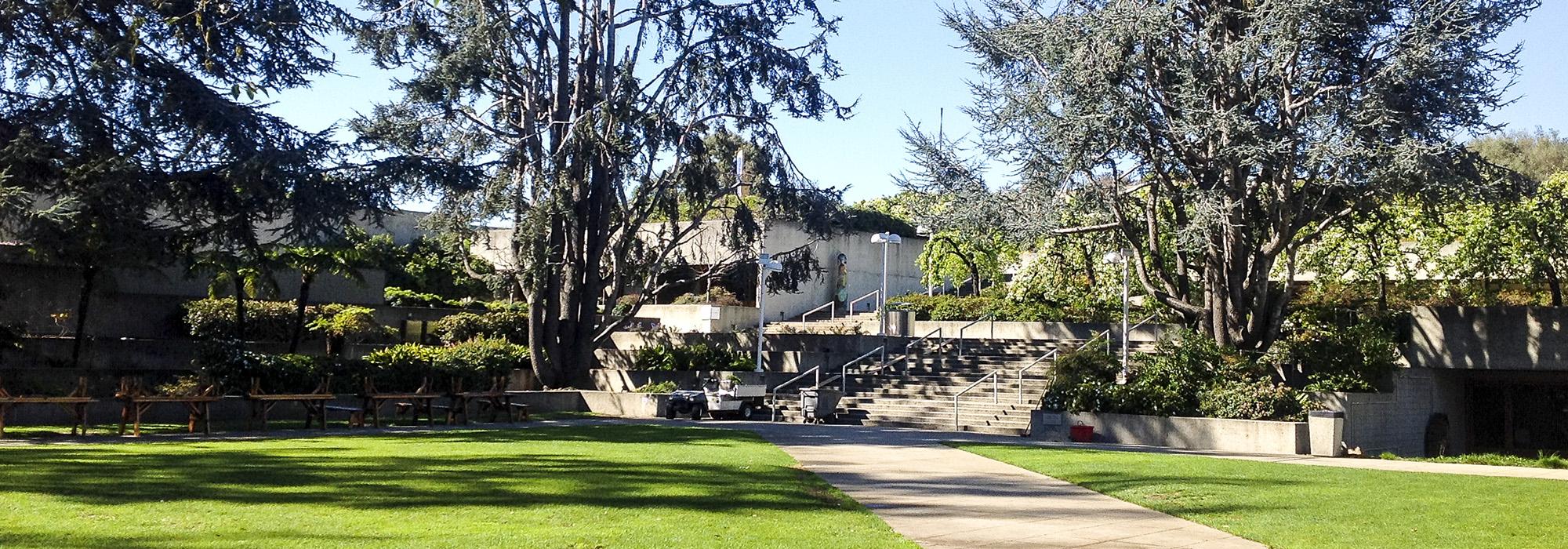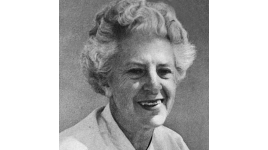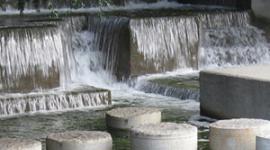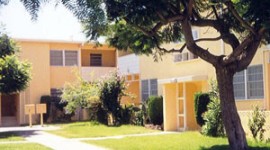Geraldine Knight Scott Biography
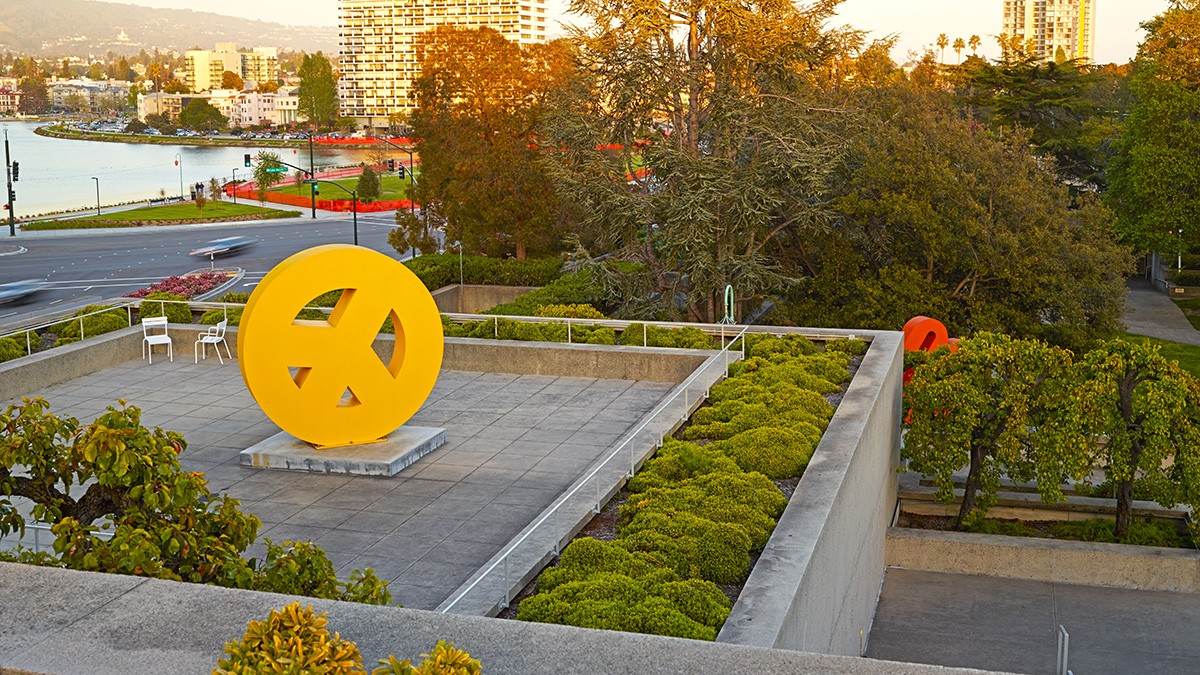
Geraldine Knight was born in Wallace, Idaho, in 1904. Her parents died while she was young, and she was raised by relatives in Idaho and the San Francisco Bay area. She decided to become a landscape architect during her senior year in High School, enrolling in the University of California, Berkeley’s College of Agriculture in 1922 and receiving a degree in Landscape Architecture in 1926. She extended her education with courses in art and architecture at Cornell University from 1926 to 1928, and then began her professional career in the offices of A.E. Hanson in Southern California. During the next two years, she worked on various residential estates and gardens, including the Harold Lloyd estate in Beverly Hills.

A strong advocate of travel as a means to increase one’s self-knowledge and appreciation of other cultures, Knight spent twenty-two months in Europe beginning in 1930. She surveyed historic Italian villas through the Academia Della Arts in Rome and explored the famous gardens of France and Spain. She also attended the Sorbonne in Paris, where she pursued an interest in housing, studying projects in Germany and Austria. Upon her return to California, there were few employment opportunities because of the Great Depression, so she studied painting with Japanese artist Chiura Obata at the University of California, Berkeley. They remained lifelong friends and traveled to Japan together in 1954. In 1933, she joined the office of Helen Van Pelt in Marin County. They were partners for three years, and then worked independently in a shared office for three more.
In 1939, Knight married Mellier Scott, a Los Angeles journalist who would later become a well-known writer interested in city and regional planning issues. With their shared interest in housing and planning, they traveled throughout Europe visiting housing projects and attending the 18th Congress of the International Federation for Housing and Town Planning in Stockholm in July of 1939. They were forced to end their travels when war broke out in September of that year.
They returned to Los Angeles where Scott worked as the director of the Citizens Housing Council and later became the first female member of the Los Angeles Regional Planning Commission, working on recreational planning and war housing. In Los Angeles, they were actively involved with Telesis, a group interested in the social implications of architecture and landscape design, whose members included Gregory Ain and James C. Rose. In 1941, the Scotts moved to Berkeley where they participated in the San Francisco Housing and Planning Commission and the San Francisco Telesis group which included Garrett Eckbo, Jack Kent, and Vernon DeMars. Combined with her inherent interest in housing, the involvement with Telesis persuaded Scott to continue working in the public sector.
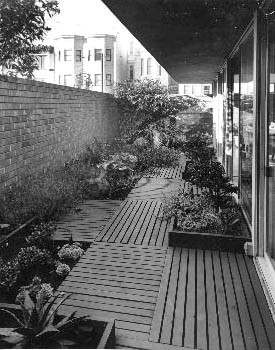
Scott began working with landscape architect Katherine Imlay in 1947 and, the following year, opened a private practice in Berkeley, which she operated until 1968. In her designs, she emphasized the importance of site planning, integrating the project with the existing landscape, often leveraging a collaborative approach between an artist and scientist. She specialized in housing, schools, private gardens, and professional office parks. Her projects varied widely and included the design and installation of the living plant exhibit in the Pacific House at the Golden Gate International Exposition in 1939; the Daphne Funeral Home in San Francisco in 1953; and the Menlo Park Professional Zone in 1950. In a 1949 article about the Scott & Imlay designed garden for the E.J. Nell Residence in Atherton, California, Scott was quoted as saying “A garden is a creation in space and time and must be planned as an ever-changing composition in which human beings at any moment can become the central figures.” Her particular talent was the visual combination of plants, which, in conjunction with her knowledge of California flora, led to Daniel Urban Kiley’s invitation for Scott to join the design team as the horticultural consultant for his 1963 design for the garden of the Oakland Museum of California. She and her colleague Mai Arbegast, worked to preserve, protect, and restore the museum’s landscape for the next 25 years.
Scott lectured and taught landscape architecture at the University of California, Berkeley from 1952 to 1968. There, she developed a course in planting design, a subject about which she felt strongly. She believed that the subject was being de-emphasized in favor of broad analysis concerns—both in universities and professional practice—and espoused a dynamic and multidisciplinary approach involving the allied arts. She thought subjects such as painting, sculpture, and dance could be used as a way to get the students to see and feel space before articulating it with design materials.
Scott was asked by the landscape department in 1962 to assume management of the University’s Blake Estate in Kensington and her long-range plan was completed in 1964. Her publications include a 1957 article on highway aesthetics and a 1963 article on the Unitarian Church of Berkeley both in Landscape Architecture magazine.
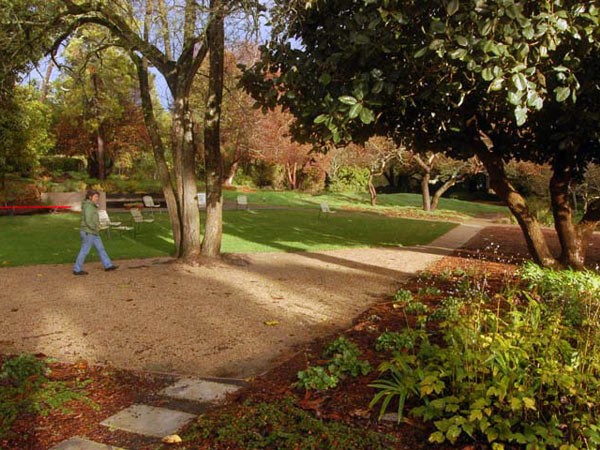
Scott actively participated in professional organizations and public activities. A Fellow of the American Society of Landscape Architects, she was a founding member of the California Horticultural Society and a member of the Sigma Lambda Alpha Honor Society and Berkeley Art Commission. She established a Traveling Fellowship Program for Landscape Architecture students at University of California, Berkeley and an Endowment for Research into the History of Landscape Architecture, which included support for maintaining and preserving the Environmental Design Archives. Scott died in Berkeley, California, on August 2, 1989.



